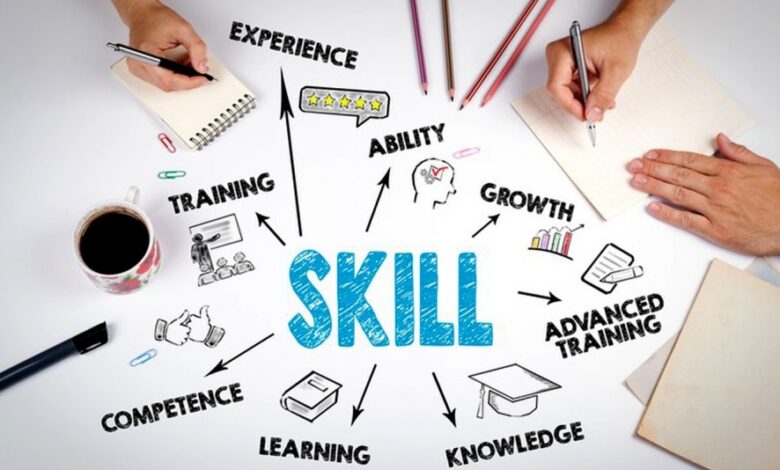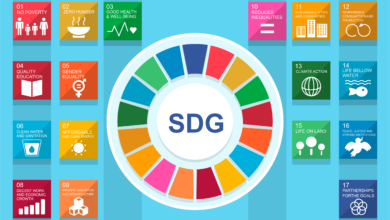Importance of Skill Development in India

Perhaps the most glaring failure of the Indian education system has been its failure to make teaching skills an integral part…but it is never too late. Every beginning is definitely a good start. The Government’s Skills India Program is a great way to raise awareness and provide an impetus for skills development in schooling.
On the other hand, its corruption can be attributed to its lack of integration with mainstream scholars. India is he one of the countries with the youngest average population. But this is not used and statistics show. The majority of graduates are unemployed due to lack of qualifications. By using exam scores alone as a measure of competence, the system only issues certificates to men and women.
The dream of being accepted into a world-class institution and working for a large company includes the true purpose of education: knowledge, skills and character development. Half of India’s population is under her 25 years of age and more than 65% are under her 35 years of age. With that demographic bonus, ideally there’s no shortage of jobs either. Reality, on the other hand, is far from ideal.
Employers complain of a shortage of qualified workers and aspiring young people blame lack of opportunities. And there are ways to address both concerns at once. It is about introducing skills development and training from an early age.
Indian schools generally adopt an academic-centered model. Before entering school or university, the learning process is largely confined to the classroom. In fact, the process is about reproducing facts, not learning. This is certainly due to the fact that few, if any, opportunities for field visits or hands-on learning activities are offered to students. One way to fill this gap is to introduce skills training as part of the integrated curriculum.
Without academics to complement the skill development process, the results are nothing. Children can choose from a variety of areas, from diverse areas such as photography and agriculture, to more important areas such as banking and medicine. Giving them these options early in their teens gives them the opportunity to make choices early on. This will help lay a strong foundation for a thriving future on the professional front. The gap between the rich and the rich is widening by the day.
One way to combat this is education. However, the impact of this problem is growing as many economically and socially marginalized communities are unable to access quality education.












